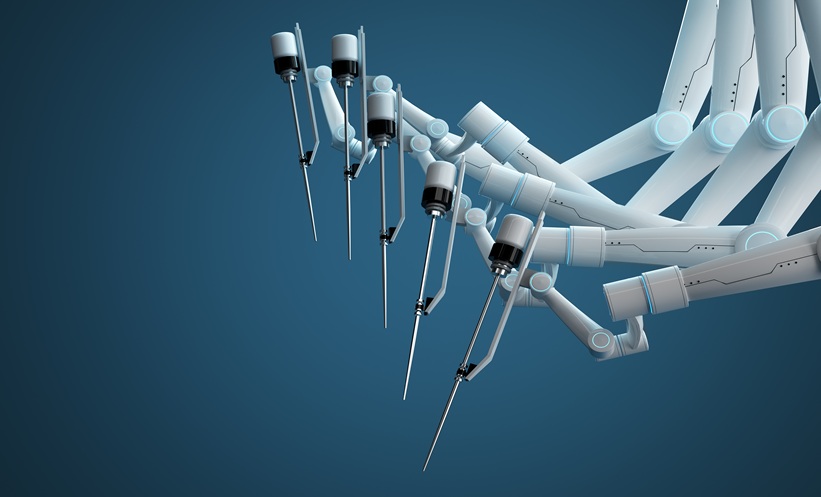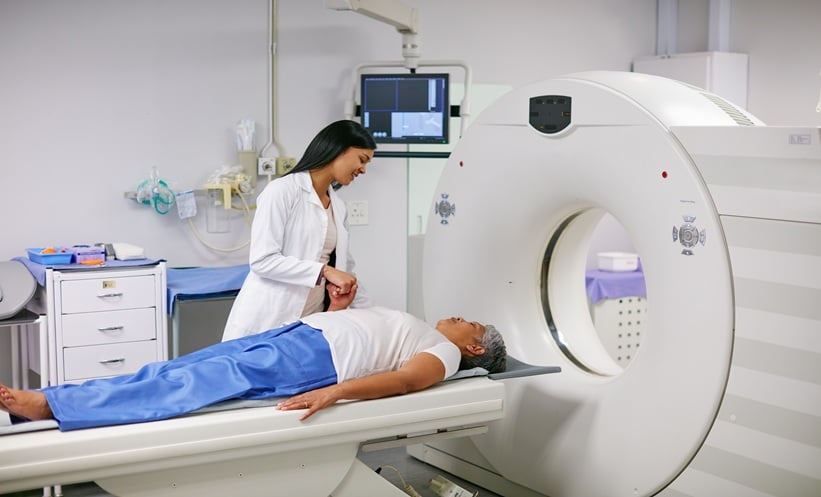PERIOPERATIVE hypothermia, defined as a central body temperature (CBT) below 36°C, is a frequent and often overlooked complication in surgical procedures, particularly under general anaesthesia. This condition poses risks such as increased bleeding, delayed recovery, shivering, wound infections, and cardiovascular complications. Urological robotic surgery, despite its minimally invasive nature, introduces unique challenges for temperature management due to prolonged operative times and restricted intraoperative adjustments once robotic arms are engaged.
A recent study aimed to address these issues through the development and implementation of a comprehensive perioperative temperature management checklist specifically for urological robotic surgery. Drawing on clinical guidelines, expert consensus, and previous research, the checklist standardised care across various perioperative stages, including pre-operative warming, intraoperative insulation, and postoperative monitoring.
The study demonstrated that the checklist significantly reduced the incidence of intraoperative hypothermia and postoperative shivering in the intervention group compared to controls. Patients in the intervention group also reported improved thermal comfort, and nurses expressed higher satisfaction levels, citing the checklist’s clarity, consistency, and support in reducing errors during high-pressure operations.
Importantly, the checklist facilitated closed-loop management, ensuring continuity of care despite environmental changes and multiple caregiver transitions. Patients also experienced fewer postoperative infections, likely due to the protective role of normothermia in supporting immune function.
Despite some limitations, including its single-centre design, modest sample size, and the checklist’s lack of prior formal validation, the study provides strong evidence for the benefits of structured, checklist-based interventions in surgical temperature management. The approach not only enhanced clinical outcomes but also contributed to safer, more standardised nursing practices.
Given the high risk of hypothermia in robotic procedures, especially in urology, this research highlights the value of proactive and coordinated temperature regulation. The checklist offers a replicable model for other surgical specialties aiming to reduce complications and improve both patient and staff experiences in the perioperative setting.
Reference
Guo Y et al. Application of chain body temperature management checklist in robotic surgery for urology: a randomised controlled trial. BMC Surg. 2025;25(1):101.







